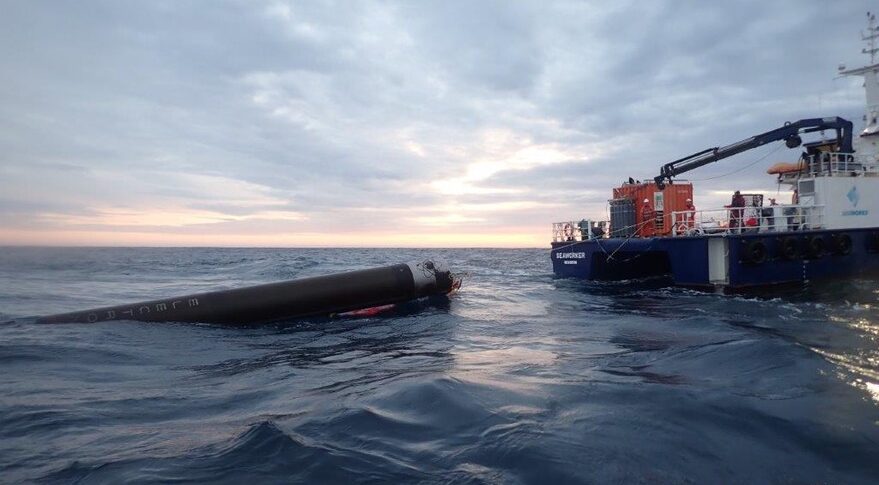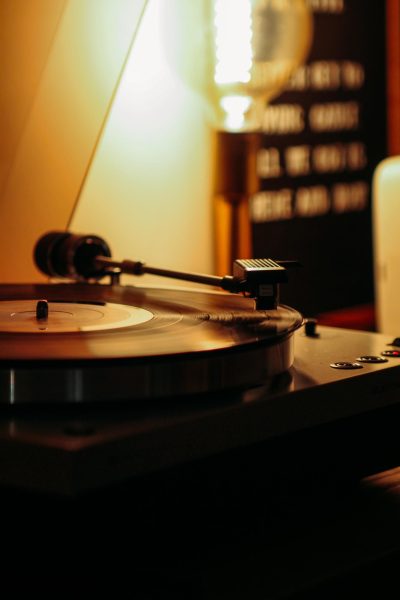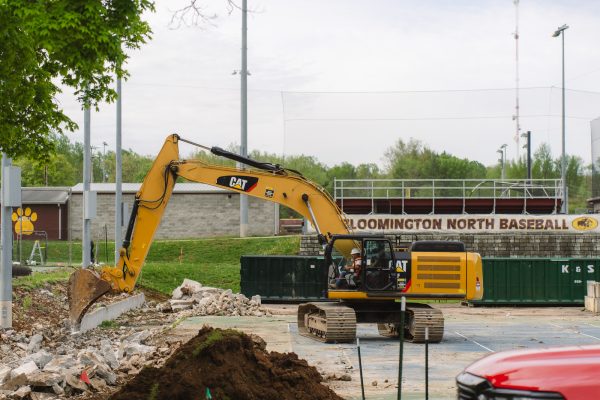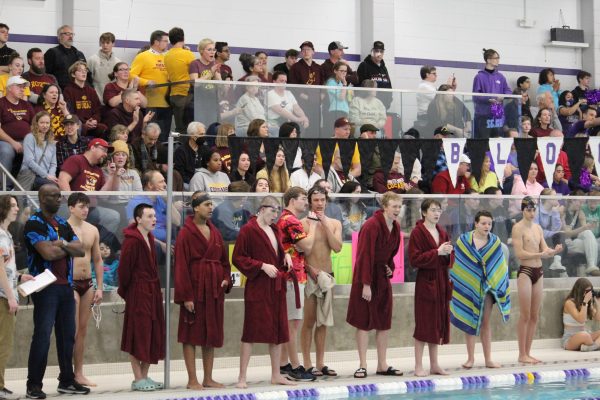Five Major events In Space Flight in 2020
2020 was a big year for he space exploration, and the spaceflight industry. Here are some of the highlights
In May SpaceX conducted their first ever manned test of the Crew Dragon spacecraft. This marked the first time astronauts had been flown to space from U.S. soil since 2011. Astronauts Bob Behnken and Doug Hurley were chosen to crew the mission. After an ideal launch on May 30, the Crew Dragon docked to the International Space Station the following day. On August 2, the spacecraft undocked from the station and landed off the Florida coast, safely returning Behnken and Hurly to Earth.

On December 9, SpaceX tested their SN8 prototype. SN8 was meant to be a testbed for their upcoming Starship spacecraft which they intend to use to take people to the moon and eventually to Mars. The test itself was mainly meant to prove the feasibility of Starship’s landing procedure. SN8 flew to a height of about eight miles before rolling on its side in a “skydive maneuver” and descended toward the landing site. SN8 then righted itself to land under its own power however insufficient thrust caused it to collide with the ground destroying it.
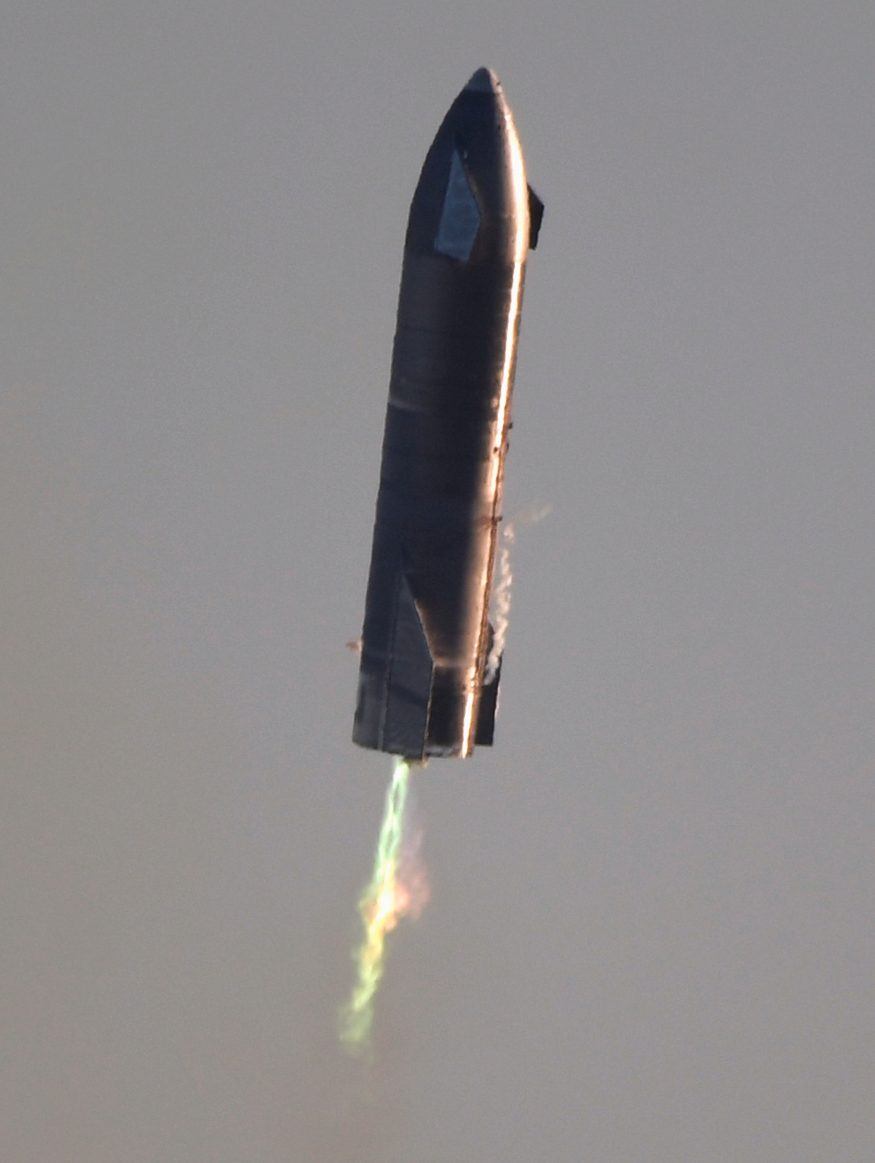
In December, China became the third country to have ever returned a sample of the moon to Earth. They accomplished this feat using Chang’e 5, part of a series of moon probes named after the Chinese moon goddess. The Chang’e landed on the moon on December 1, collected several samples and launched back into lunar orbit. Once there, it docked with another part of the vehicle that was left behind called the orbiter. The orbiter returned the samples to Earth by in a small, specially built cargo capsule on December 16.
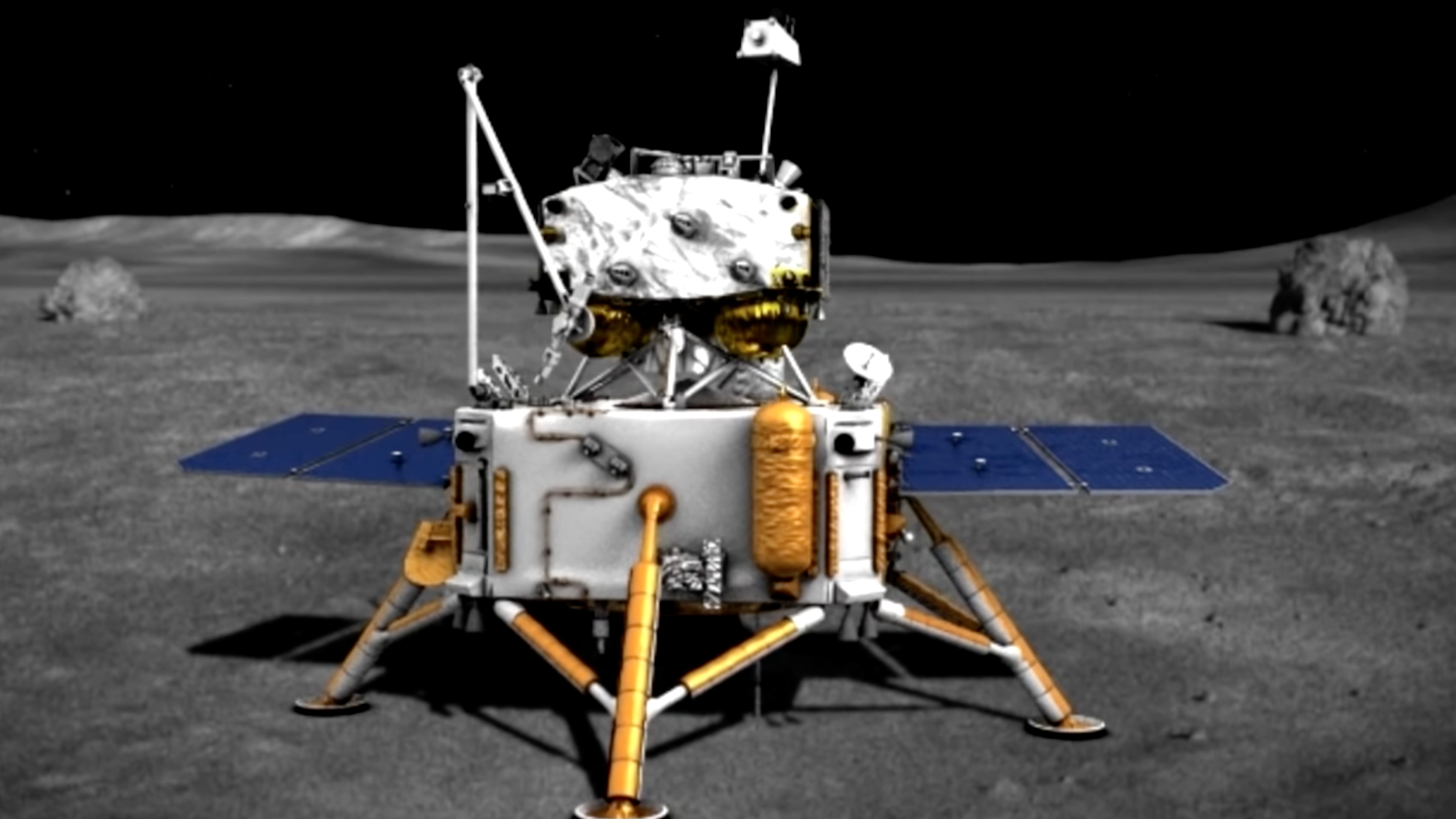
On December 5, a Japanese probe returned asteroid samples to Earth after a multiyear mission. Hayabusa 2 launched in 2014, and in 2018 rendezvoused with asteroid 162173 Ryugu and performed research for nearly six months. During this time Hayabusa 2 used a variety of sensors and deployed two small rovers to learn more about the asteroid, but the main objective was to collect samples, which they were able to do successfully. Hayabusa 2 was then able to return these samples to Earth, landing in Australia.

The spaceflight start-up company Rocket Lab demonstrated the recoverability of their Electron launch vehicle first stage. The flight named Return to Sender took off from Auckland, New Zealand, carrying a variety of commercial satellites. The first stage was then able to survive reentry and landed safely in the Pacific. Recoverability is the first step to reusability making space flightcheaper and more accessible. Electron is already a unique launch vehicle due to its electric fuel pumps and all carbon fiber construction, and reusability would make it among the very few with that capability.
